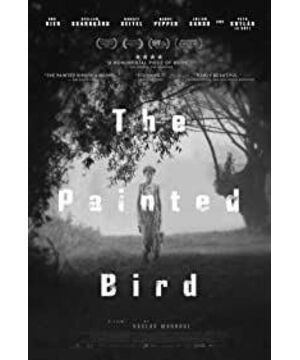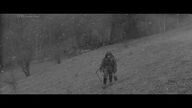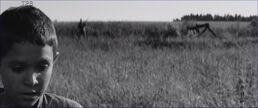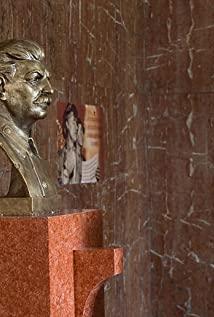The following text is excerpted from Baidu
The name The Painted Bird literally derives its name from Eastern European folklore, a brutal entertainment favored by local farmers: catch a bird, paint its feathers, and release it back into the flock. Painted birds are considered a threatening heresy by their fellows and are attacked to death. This work is clearly different from most "Holocaust literature" and survivor works. Its story space is neither a battlefield nor a concentration camp, and there are no gas chambers, clustering of crematoriums, and "assembly-line slaughter." On the contrary, the author "looks back at the motherland" and writes about the ignorant cruelty, evil deeds and violence that are common in the eastern villages of Eastern Europe. In other words, the author's focus is not on what the German Nazis did, because Nazi crimes were systematic and obvious, but on the soil atmosphere and "mass base" of the atrocity. This touches on the most sensitive issue of identity recognition in post-war Poland - both a victim of World War II and a "frontier" of anti-Semitism and anti-Semitism. "The Painted Bird" isn't really a work of courage. In terms of the intensity of criticism, the author's personal resentment far outweighs historical reflection; the unrestrained taste of violence has made details that may have been true to be like "deformed exaggerations". The credibility of the work does not depend on the writer's additional preface to force interpretation and additional justification. Although "Smeared Bird" is controversial, the author's own artistic treatment, description interest and consciousness are also lacking. In a sense, the "smeared bird" is also like a portrayal of a writer: he angered the motherland, but did not please the United States; between fiction and documentary, there is never a clear position.
View more about The Painted Bird reviews











